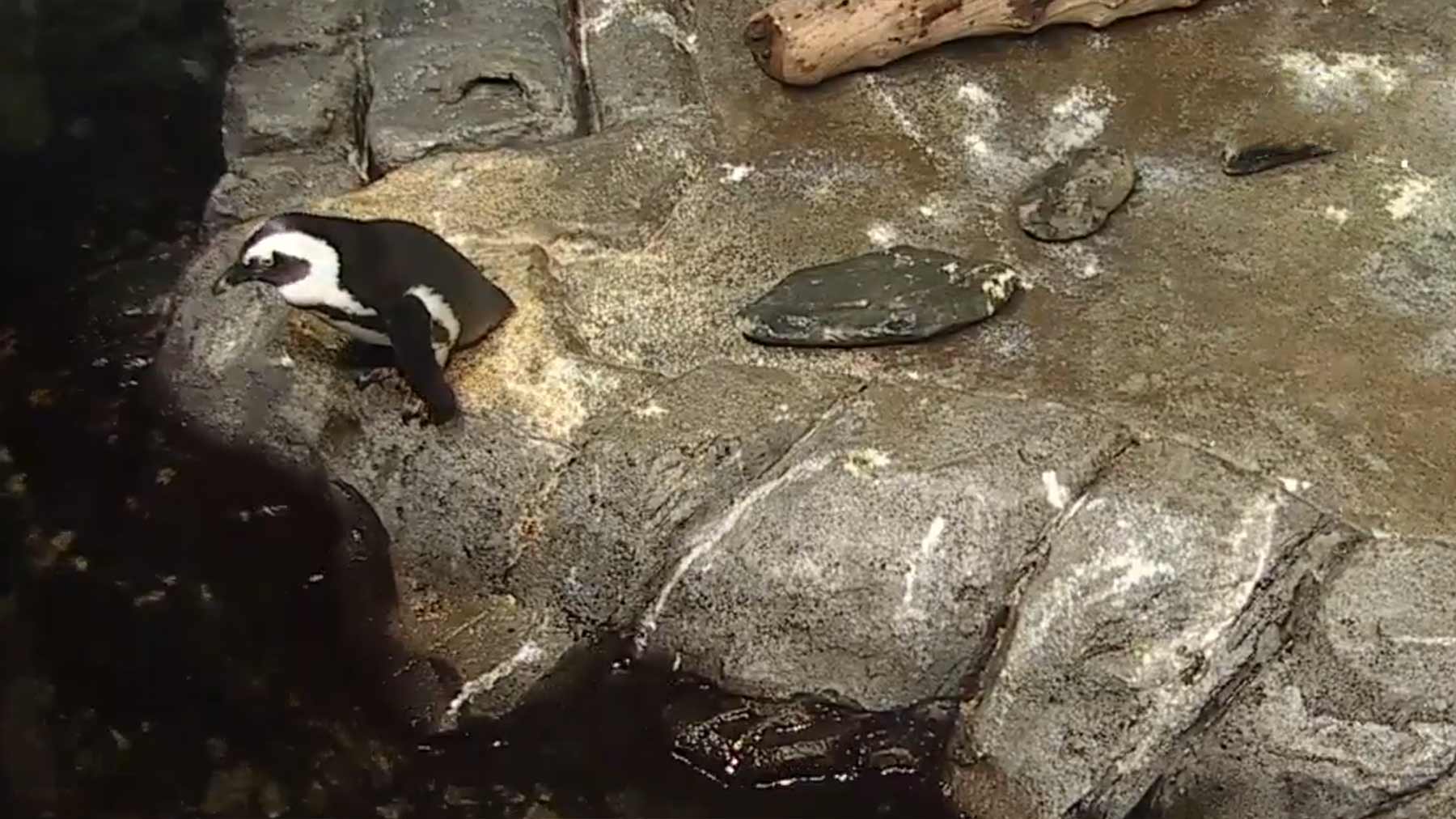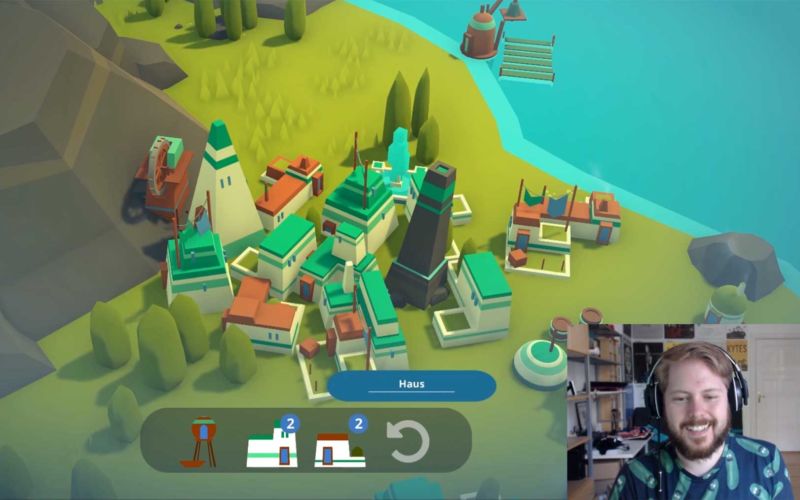
Nein, es ist nicht alles schlecht gerade. Zwar sind wir zum Zuhause-Bleiben verdonnert und unter anderem Zoos haben geschlossen, aber man hat das Gefühl, viele Zweige der Gesellschaft lernen das Internet und die Vorteile der möglichen Vernetzung darüber kennen. So könnt ihr nämlich aktuell dem „Monterey Bay Aquarium“ einen Besuch abstatten. Kostenfrei und vom heimischen Sofa oder der Toilette aus. Wo und wann ihr wollt. Denn der kalifornische Zoo hat die Bereiche einiger Tiere mit Webcams ausgestattet, die live ins Netz streamen, was gerade so abgeht (oder eben auch nicht). Und alleine, weil da auch die Pinguine bei sind, muss ich das hier einfach teilen. Und aktuell sind sogar welche prominent zu sehen und aktiv!
„Our energetic and inquisitive African penguins are visitor favorites. Watch carefully and you might even see them communicating with each other. When penguins flap their wings or bow their heads, they’re telling each other how they feel. Throwing their heads back and wings out means ‚I’m happy.‘ Leaning forward and opening their beaks means ‚Go away‘.“
Man kann sogar die täglichen Fütterungen übers Web mit anschauen. Zusätzlich gibt es noch Otter, die ja auch ein bisschen wie Pinguin sind, Quallen, Haie, das Vogelhaus und einen Blick raus auf die Bucht zu sehen. Sehr coole Aktion, wie ich finde! Alle aktuell laufenden Live-Cams könnt ihr hier im Beitrag unten anschauen und stets auf dem YouTube-Kanal des Monterey Bay Aquariums.
„A little pawsitivity for the day: The Sea Otter Cam 🦦🐾❤️! While we are closed to help slow the spread of Coronavirus, our Animal Care team is looking after the Aquarium’s critters. Sea otter feedings will still be happening today at 10:30am, 1:30pm and 3:30pm PST!“
„Get an up-close look at the delicate sea nettles in our Open Sea exhibit. Watch as their long tentacles and lacey mouth-arms move smoothly through the water. But don’t let these unassuming invertebrates fool you—their graceful trailing parts are covered in stinging cells used for hunting. When their tentacles touch tiny drifting prey, the stinging cells paralyze it and stick tight. The prey is moved to the mouth-arms and then to the mouth, where it’s digested.“
„Spot sharks, rays and other fishes as they cruise through our rocky reef. Sevengill sharks, leopard sharks, spiny dogfish and the elusive Pacific angel shark all dwell in our Monterey Bay Habitats exhibit—like they do just beyond our walls in the cold waters of the bay. Designed with sharks in mind, this exhibit’s 90-foot-long hourglass shape gives our big sharks plenty of room to glide and turn. Watch carefully and you might see big skates and bat rays pass by the window, just like their shark kin. Plus, keep your eyes peeled for sturgeon coasting through the water, rockfish and giant sea bass relaxing by the reef, and flatfish nestling on the sandy seafloor.“
„Watch our aviary cam carefully—you never know who’ll stroll by. Marvel at the long legs of our black-necked stilt or spot the tiny western snowy plovers that blend into the sand. Look for leg bands on our birds, which help us identify them. Each bird has its own history—most came here injured and can’t live in the wild.“
„Our Monterey Bay cam offers a peek from the Aquarium’s ocean-view decks. From this vantage point, you can identify a number of the birds and sea mammals that find refuge here. Look for black cormorants perched on a rock, perhaps stretching their wings to dry. Watch the water’s surface; you might see a harbor seal poke its head out of the water, or a sea otter wrapped in kelp. Monterey Bay is part of the Monterey Bay National Marine Sanctuary, a federally protected marine area offshore of California’s central coast. This safe haven is home to a rich variety of fishes, plants, marine mammals and birds.“
Quelle: wihel















Pingback: 2 Stunden Quallengucken mit Lofi Hip Hop
Pingback: Nur ein paar Pinguine, die durch ein Museum laufen - Im Nelson-Atkins Museum of Art